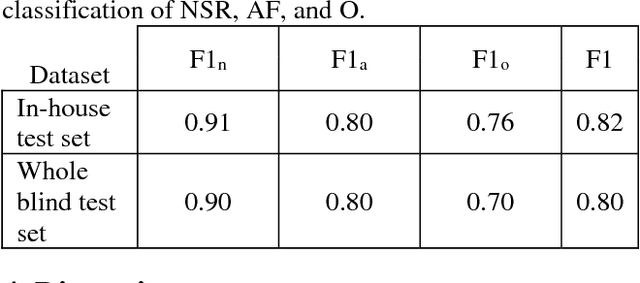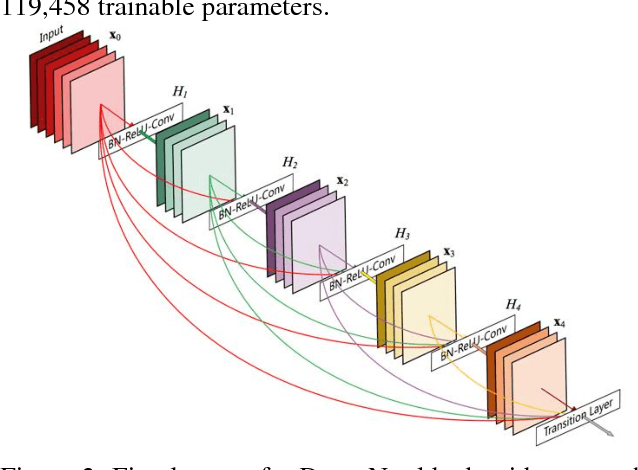Saeed Babaeizadeh
Synthesis of standard 12-lead electrocardiograms using two dimensional generative adversarial network
Jun 02, 2021



Abstract:This paper proposes a two-dimensional (2D) bidirectional long short-term memory generative adversarial network (GAN) to produce synthetic standard 12-lead ECGs corresponding to four types of signals: left ventricular hypertrophy (LVH), left branch bundle block (LBBB), acute myocardial infarction (ACUTMI), and Normal. It uses a fully automatic end-to-end process to generate and verify the synthetic ECGs that does not require any visual inspection. The proposed model is able to produce synthetic standard 12-lead ECG signals with success rates of 98% for LVH, 93% for LBBB, 79% for ACUTMI, and 59% for Normal. Statistical evaluation of the data confirms that the synthetic ECGs are not biased towards or overfitted to the training ECGs, and span a wide range of morphological features. This study demonstrates that it is feasible to use a 2D GAN to produce standard 12-lead ECGs suitable to augment artificially a diverse database of real ECGs, thus providing a possible solution to the demand for extensive ECG datasets.
Densely Connected Convolutional Networks and Signal Quality Analysis to Detect Atrial Fibrillation Using Short Single-Lead ECG Recordings
Oct 10, 2017


Abstract:The development of new technology such as wearables that record high-quality single channel ECG, provides an opportunity for ECG screening in a larger population, especially for atrial fibrillation screening. The main goal of this study is to develop an automatic classification algorithm for normal sinus rhythm (NSR), atrial fibrillation (AF), other rhythms (O), and noise from a single channel short ECG segment (9-60 seconds). For this purpose, signal quality index (SQI) along with dense convolutional neural networks was used. Two convolutional neural network (CNN) models (main model that accepts 15 seconds ECG and secondary model that processes 9 seconds shorter ECG) were trained using the training data set. If the recording is determined to be of low quality by SQI, it is immediately classified as noisy. Otherwise, it is transformed to a time-frequency representation and classified with the CNN as NSR, AF, O, or noise. At the final step, a feature-based post-processing algorithm classifies the rhythm as either NSR or O in case the CNN model's discrimination between the two is indeterminate. The best result achieved at the official phase of the PhysioNet/CinC challenge on the blind test set was 0.80 (F1 for NSR, AF, and O were 0.90, 0.80, and 0.70, respectively).
 Add to Chrome
Add to Chrome Add to Firefox
Add to Firefox Add to Edge
Add to Edge